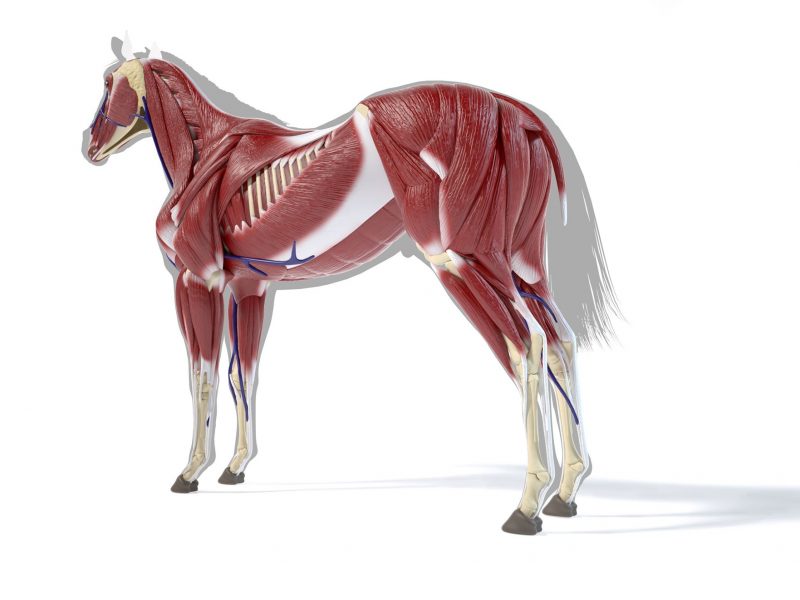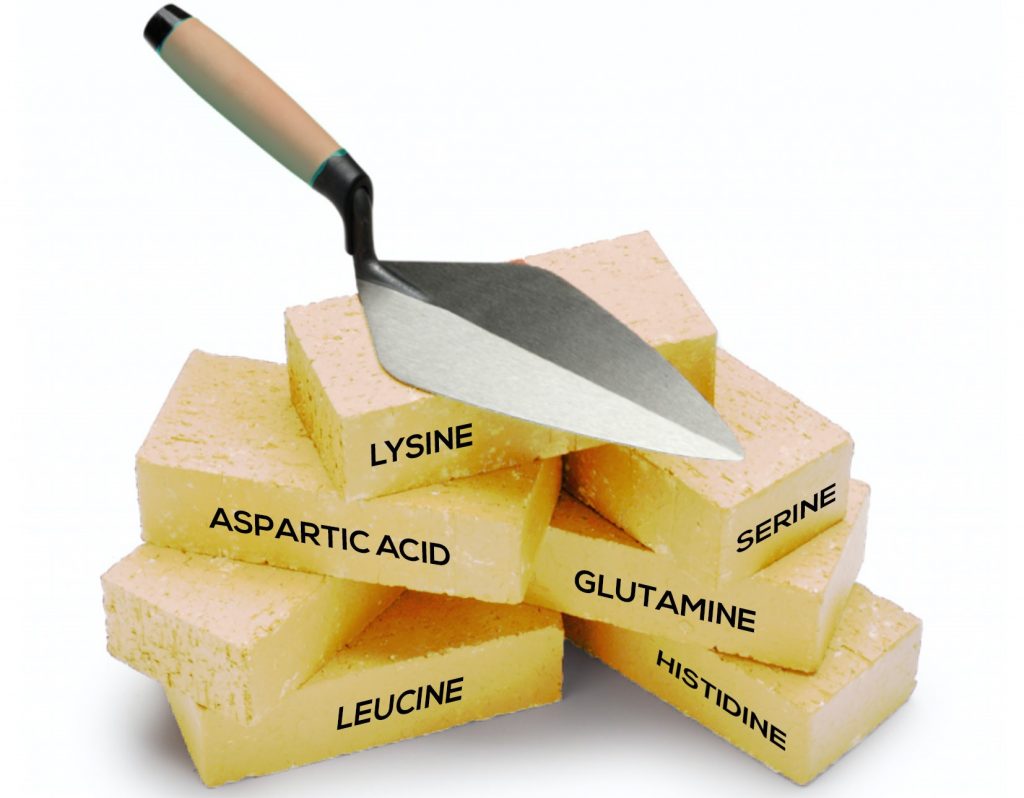Best amino acid supplement for horses post-race recovery
Australian scientists have discovered what they believe is the best amino acid supplement for horses.
Nutrition research is driving increased sophistication and better targeting for specific issues in equine physiology and sports medicine. Support to meet the specific nutrient needs such as post exercise recovery in muscle tissue is one area of recent advancement.
The energy used by working muscle is derived mainly from carbohydrates and fats, but up to 15% of the energy used in hard work may come from protein. During work, horses breakdown some of their own muscle proteins to supply the amino acids needed for exercise. Ultimately this can contribute to muscle fatigue and potentially muscle cell damage.
Further, during training, the overall mass of muscle tissue increases in response to the increasing demand for work. Building more muscle is one of the main aims of any training regime along with improving cardiovascular fitness. All this requires a supply of amino acids to build muscle proteins.
As everyone knows, proteins are assembled from Amino Acids, those so-called building blocks. What is not so well known is that each specific protein requires a different set of blocks to build it – and if even a single one of those is unavailable, that protein cannot be assembled. The pile of building blocks which are the free Amino Acids is surprisingly small – only around 5g in the circulating plasma, and yet after intense exercise the demand on certain amino acids from those reserves can be very high, and easily exceed available supply. The body’s response to the temporary shortfall is to sacrifice some muscle proteins to harvest their amino acids, effectively robbing Peter to pay Paul. When this process of breakdown (catabolism) of muscle proteins is in play, immediately after hard work, the recovery period may be extended, and muscle soreness can result.

Three of the amino acids believed to commonly be in short supply post exercise are Leucine, Isoleucine and Valine – the so – called Branched Chain Amino Acids or BCAA’s.
BCAA’s have been provided in supplements for many years with some success in helping the recovery processes.
These amino acids are released during muscle catabolism and although some are recycled, many are used for energy or converted to fat. Their replenishment via supplementation is useful because these BCAA’s are essential, which means they have to be provided from the diet.
But what if you could reduce the necessity for the breakdown of muscle proteins and minimize the losses of the BCAA in the first place? Researchers at the University of Newcastle have identified six amino acids that are lost in copious amounts in sweat during equine exercise.
The horses in their study lost around 5 L of sweat during training exercises which was equivalent to losing around 2.5g of amino acids in the sweat. This represents about half of the quantity of amino acids in the plasma at any time. Because the body needs to maintain stocks in the plasma, it instigates the breakdown of muscle proteins to replenish levels in the plasma. In doing so, even amino acids that are not necessarily needed immediately are released – including the remaining BCAA.
The new strategy is to replenish the high-demand amino acids as soon as possible after exercise so that the other amino acids are not wasted in “friendly fire”. If you can provide the high demand amino acids when they are most needed, then you can reduce the breakdown of muscle proteins.
The traditional approach to ensuring adequacy of all the amino acids has been to feed lots of protein to hard working horses. However, protein is not stored in the body to any significant extent, so the amino acids which are not immediately used either get broken down and metabolized to generate some extra energy or are converted to fats. Both these processes liberate Nitrogen as a by-product which is potentially toxic and needs to be eliminated, mainly in the urine. When you smell Ammonia, chemically NH3, in a stable in the morning the N is mostly Nitrogen from excess protein in the horse’s diet.

So, overfeeding protein just to ensure enough of all the required amino acids comes at a metabolic cost. If we knew exactly what the requirements were for each amino, then we could potentially tailor diets accordingly, but we’re not there yet. Indeed, the only amino acid we have good requirement figures for is Lysine, which is why we rely on that as a measure of protein quality and feed bags list the Lysine content.
Going back to our horse’s exercising muscles, how can we help recovery? Feeding protein in advance won’t work because it isn’t stored. We need to get those amino acids to where they are needed in the muscles quickly after exercise to prevent further muscle catabolism. Feeding protein immediately after work also has limited effect because it takes time to be digested and absorbed, and anyway, digestion is slowed by exercise as most of the blood is diverted away from to gut to the muscles where it is needed most.
The window of opportunity to minimise muscle catabolism is small, only 30 – 60 minutes post exercise.
The solution determined by the University of Newcastle researchers in a world first study was to provide a select group of pure amino acids which are in the highest demand. Because these are not delivered as proteins, the pure amino acids can be immediately absorbed through the stomach with no need for prior digestion. By measuring blood and sweat levels of all the amino acids before and after exercise, they identified the six most likely to be depleted and then created a formulation to replenish them. In cooperation with Horsepower the formulation was commercialized and made available in paste and powder forms as the product BoostAA.
So, to support those tired muscles following exercise we need to provide the amino acid blocks to rebuild depleted proteins before the body tears down other muscle proteins to get to them. Like a wheelbarrow full of the “special” bricks delivered onsite at just the right moment, BoostAA delivers the amino acids to the muscles exactly when they need them. Damaged protein ‘walls’ are repaired and destruction of further muscle proteins to scavenge their ‘special bricks’ is averted.
This precisely tailored nutritional solution to a physiological problem is research-driven and provides benefit to both the horse and trainer alike. BoostAA supports recovery and regeneration post-exercise and helps speed the recovery of those tired muscles.
In fact, BoostAA has been the forerunner to a human version that is now also on the market, details can be found at www.innovaate.com.au
Dunstan, R. H., Sparkes, D. L., Dascombe, B. J., Evans, C. A., Macdonald, M. M., Crompton, M., . . . Gottries, J., Roberts, T. K. (2015). Sweat facilitated losses of amino acids in Standardbred horses and the application of supplementation strategies to maintain condition during training. Comparative Exercise Physiology, 11(4), 201-212. doi:10.3920/CEP150027
Dunstan RH, Macdonald MM, Thorn B, Wood D, Roberts TK (2020) Modelling of amino acid turnover in the horse during training and racing: A basis for developing a novel supplementation strategy. PLoS ONE 15(1): e0226988. https://doi.org/10.1371/journal.pone.0226988

